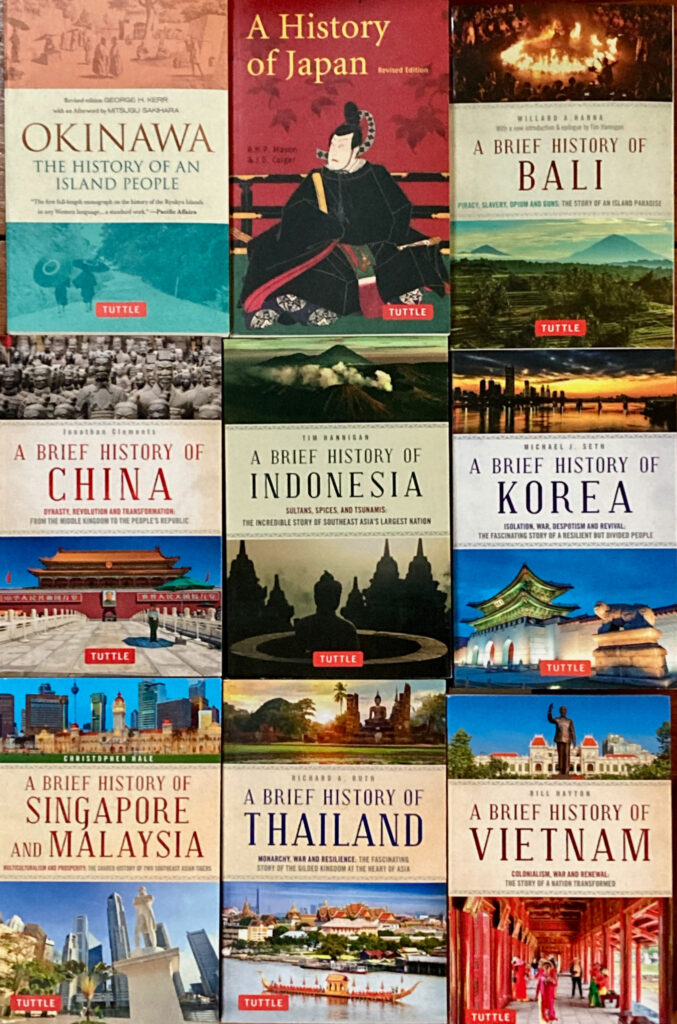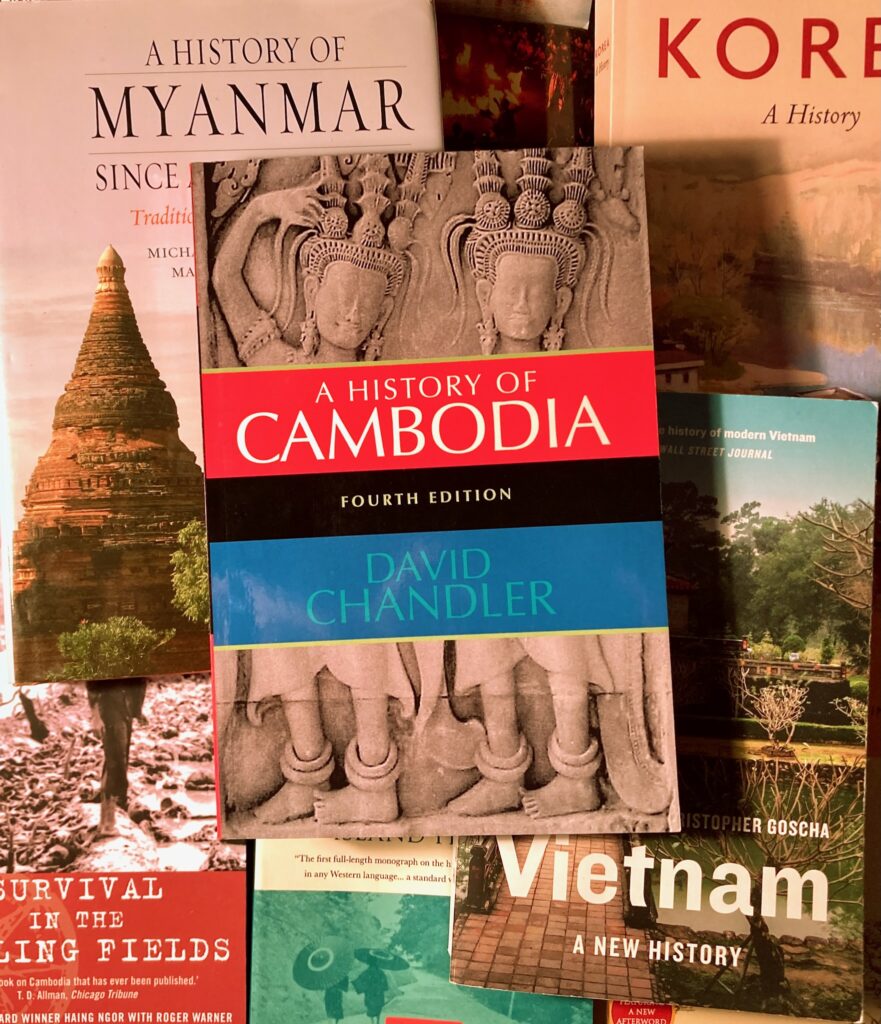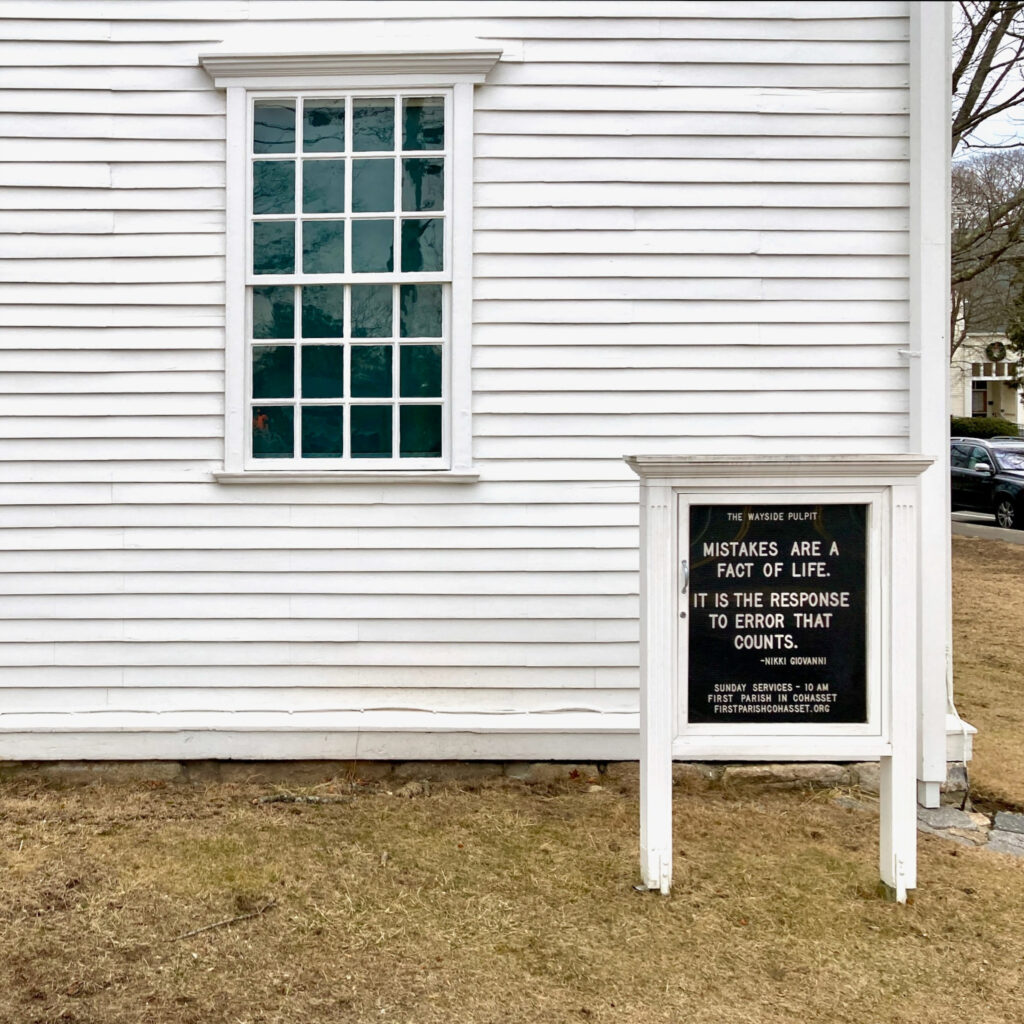The current presidential administration has been making history.
I don’t mean making history the way that phrase is typically used. I mean the Trump administration has been making history up, by erasing facts that don’t meet the administration’s standards for political correctness. The erasures have taken place in several formats, including on federal websites, in federal training materials, etc. The American Historical Assoc. and the Organization of American Historians have issued a “Statement Condemning Federal Censorship of American History”; I’ll include the full statement below.
A few of the changes have been stopped by public protests, such as removing the Tuskegee Airmen from Air Force training videos. The Air Force removed the Tuskegee Airmen from the videos because they intepreted Trump’s executive orders against DEI as applying to any mention of the history of a Black combat unit. Given the wording of the executive order, I feel the Air Force made a reasonable interpretation of the order, i.e., the fault lies not with the Air Force but with the executive order.
Other changes to American history remain in place. For example, as of right now the home page of the Stonewall National Monument doesn’t contain the word “transgender,” and the the acronym “LGBTQ” has been replaced by the acronym “LGB.” (The Internet Archive Wayback Machine shows that the acronym “LGBT” was used prior to the Trump administration executive orders; see e.g. this archived webpage from 2022.) Since trans people were integral to the Stonewall riots, the simple removal of the “T” from “LGBTQ” does in fact represent a major rewriting of history by the federal government. The Trump administration may not like transgender people, but like them or not, they were most definitely a part of the history of the Stonewall riots.
I see several things going on here. First, while the Trump administration and their allies denounce “cancel culture,” this looks like cancel culture to me. Second, while the Trump administration and allies denounce censorship, this looks like censorship to me. And finally, as I said at the beginning of this post, this is political correctness — which the Trump administration and their allies have also denounced.
No surprises here. The Trumpites are not the first politicians to spin stories that have little relationship to facts, but which help to bolster their agendas. But it seems like a good idea to document the amazingly vast extent to which the Trump administration is just — making stuff up.
Continue reading “Making history (up)”


